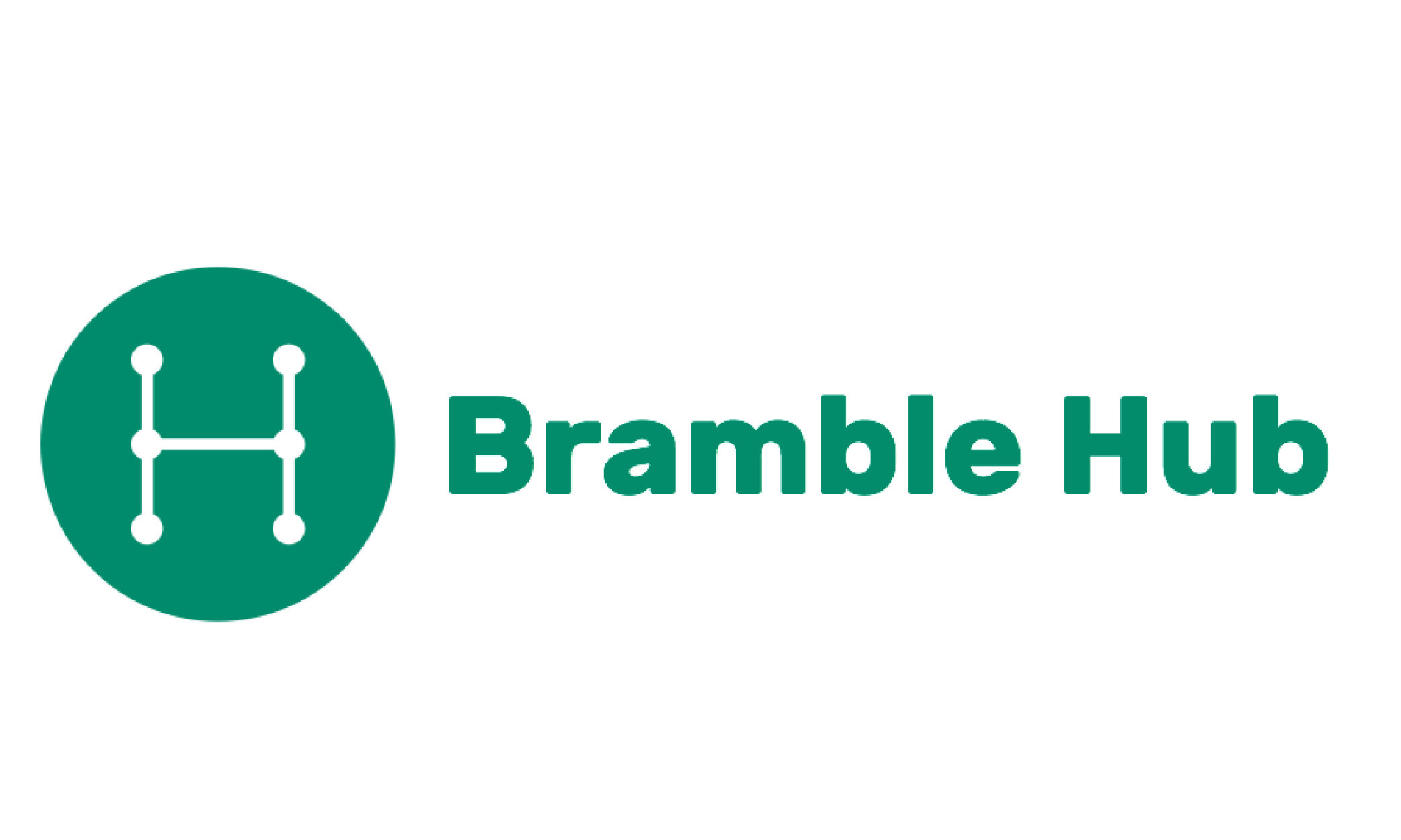Three common barriers to outsourcing success

Outsourcing approaches have changed, so should relationship strategies. Why? Those who have made the shift are outperforming – Creating twice the revenue growth and five times the gross profit growth of their peers.
Relationship Needs
At its inception, outsourcing relationship focussed around cost reduction and SLA’s. The client’s approach was simply turning processes, particularly ones that offered little differentiation, over to a provider who could deliver those services better and cheaper. They’re approach to the relationship was simply to review performance against SLA’s and to demand more if services were not as expected; however, organisations today are sourcing services to meet more complex needs. In turn, the relationships required to succeed are more complex.
Executives are increasingly aware that both they and their external providers need to build strong open and collaborative relations to enable them to innovate and succeed. Not only are more CEOs now partnering externally – many are doing so to drive innovation. Among CxO’s there is a growing number that use of external partners for customer and data analytics. And two-thirds of growth- focused CIOs are partnering extensively to change the mix of skills, expertise and capabilities in their organisations.
As outsourcing shifts continue to accelerate, so do the needs within the partnership. Often now they involve more than a one to one relationship. Executives have witnessed that simply “supplier managing” their providers does not create high performance. New integrated ways of working are required to achieve high performance and outstanding results.
This requires strong alignment and collaboration between client and provider. The sort that requires development and attention. There are three common elements which clients are not getting right, and it is holding back the value of their sourcing partnerships.
1. Metrics don’t match desired outcomes
Historically, service level agreements have focused on operational or cost-centric measures like system availability or cost per service desk call. But experienced collaborators are leading the charge toward more business-oriented measures. They’re aligning provider metrics with bigger, more strategic business objectives.
In the financial services sector, that might mean driving multi channel uptake; in the telco it might be to increase customer penetration; or for a retailer, it might involve demanding growth in a new market. This different mindset is creating new vendor valuation models – ones that can help assess a provider’s contribution to business outcomes, beyond simply cost reduction
Save
High performing businesses are aligning the services they source directly with business objectives. This means looking end to end across business processes involved in achieving the desired business outcome when determining the key measures for the service. They recognise that providers can only agree to take risk on business outcomes when they can influence enough of the business process.
2. Transformation capabilities not addressed
High performing businesses build capabilities they need to innovate on a broad scale. So there’s a transformative bent to their sourcing relationships. For instance, their contracts are more likely to be vertically integrated – inclusive of business process, applications and technology infrastructure – to enable more holistic change. Innovation and broad-scale change are also likely to require a mix of service delivery models. These are not skills and competencies always found in clients, or for that matter providers.
Within both there will be industry and functional expertise, what is often missing is the skills required to help transform relationships as roles change due to transition to a new
sourcing model. For example, if their aim is servicing innovation and they’re sourcing process and technology capabilities, they don’t just want to manage performance through
reports. They want to be able to engage with their partner to help reshape how the function works – to drive beyond understanding customer segments to understanding
individual customers, from describing what’s happening to predicting what’s next. These are not often found in the sourcing and governance teams within clients, or for that matter, in the delivery teams of providers.
3. No integrated governance framework
High performing sourcing requires deeply connected and high functioning governance. Because it requires focus on achieving business outcomes, it needs input and collaboration across business units and all functions within the provider. For example, if the goal is accelerating the launch of new products and services, then marketing, manufacturing, distribution and sales may all need a voice in related services sourcing decisions.
Achieving broad business goals often requires the involvement of multiple service providers, too, elevating the need for integration. Even innovators in this space face this challenge. Whether the innovation target is narrow or broad, it typically impacts business process, applications and technology infrastructure – and often requires working with multiple vendors.
Self Assessment – Questions to Consider
What business outcomes do you
1. hope to achieve?
2. How do you motivate your client or vendor around these?
3. What will SLAs need to look like?
4. Is transformation part of your requirement?
5. Are your strategic sourcing relationships fit for purpose?
6. Are your long-term sourcing partners helping shape your strategy?
7. Do you have a performance management framework which integrates your eco-system?
-Martin Ewart
18th October 2020









